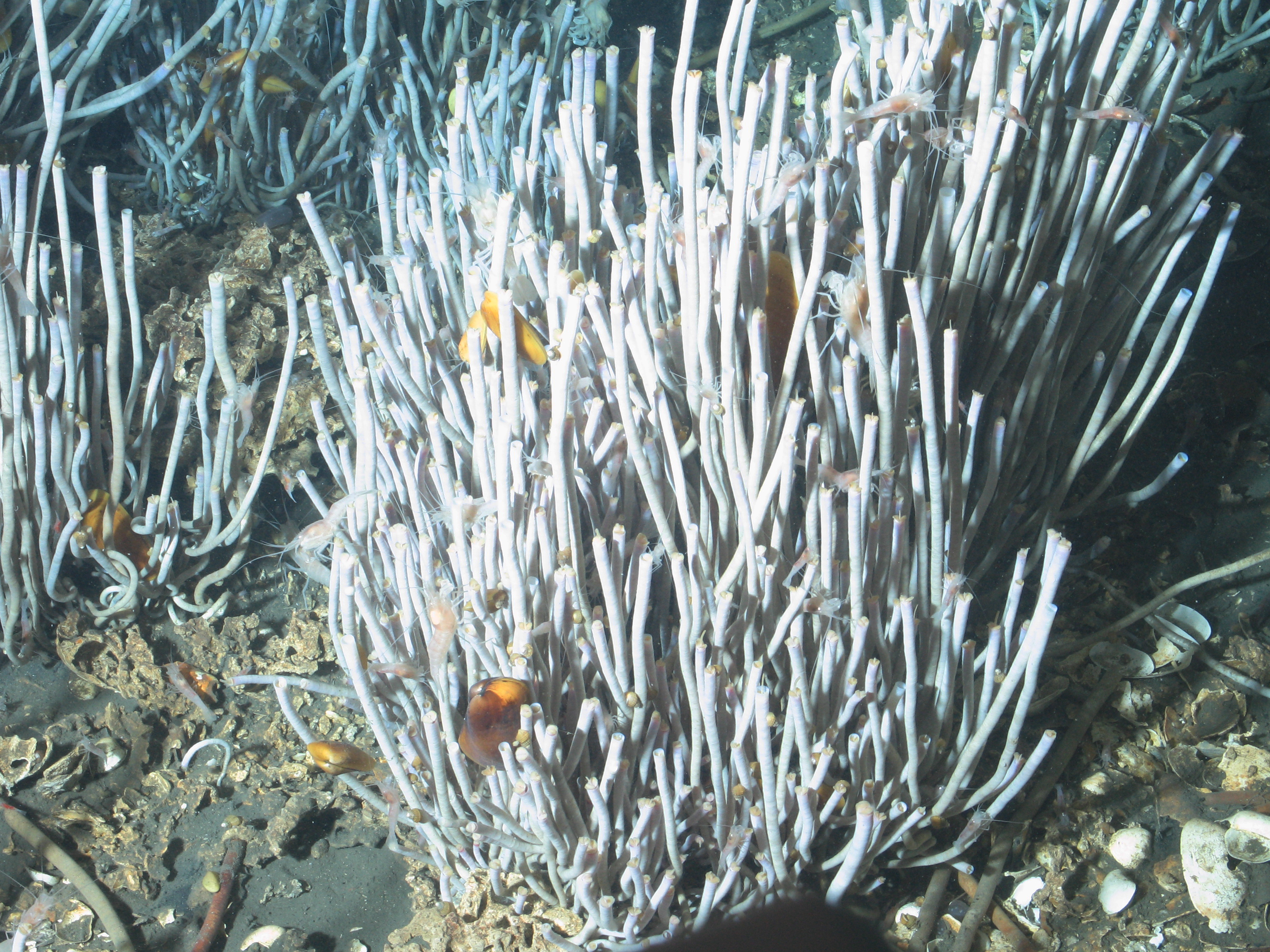The use of stable isotopes as ecological tracers in deep-sea ecosystems has a long history, dating back to the late 1970’s. Stable isotopes have been instrumental to many key-findings about ecosystem functioning, particularly in active habitats (hydrothermal vents, cold seeps). However, constraining sampling logistics commonly limit the scope, extent, and therefore insights drawn from isotope-based deep-sea studies. Overall, much is left to discover about factors globally influencing food web structure in deep-sea ecosystems. In this context, deep-sea ecologists have to ensure that no sample is left unexploited, and that all generated data are easily discoverable and reusable.
To help achieving this goal, we are setting up a large-scale compilation of stable isotope ratios of C, N and S in organisms from deep-sea ecosystems. The data acquisition strategy is based on 1) analysis of available literature and 2) new valorization of material already sampled during past cruises.
The compiled database will soon be freely available through the
IsoBank repository. In doing so, we aim to provide the deep-sea community with an open data analysis tool that can be used in the context of future ecological research, and to help deep-sea researchers to use stable isotope markers at their full efficiency.

More info
For more info, you can
download this poster or
get in touch here.
How can you contribute?
To maximise the scope of the project, we are looking for
- Raw data underlying published articles
- Unpublished / grey literature data
- Suitable samples for analysis
If you are willing to share any of the above, please
get in touch!
Involved people & funding
The working group currently includes Loïc N. Michel (Ifremer, FR), Stanislas F. Dubois (Ifremer, FR), Brian Hayden (University of New Brunswick, CA), Gilles Lepoint (University of Liège, BE), Karine Olu (Ifremer, FR), Gauthier Schaal (University of Western Brittany, FR) and Jozée Sarrazin (Ifremer, FR).
This work is supported by the “Laboratoire d’excellence” LabexMER (ANR-10-LABX-19) and co-funded by a grant from the French government under the program “Investissements d’avenir”.